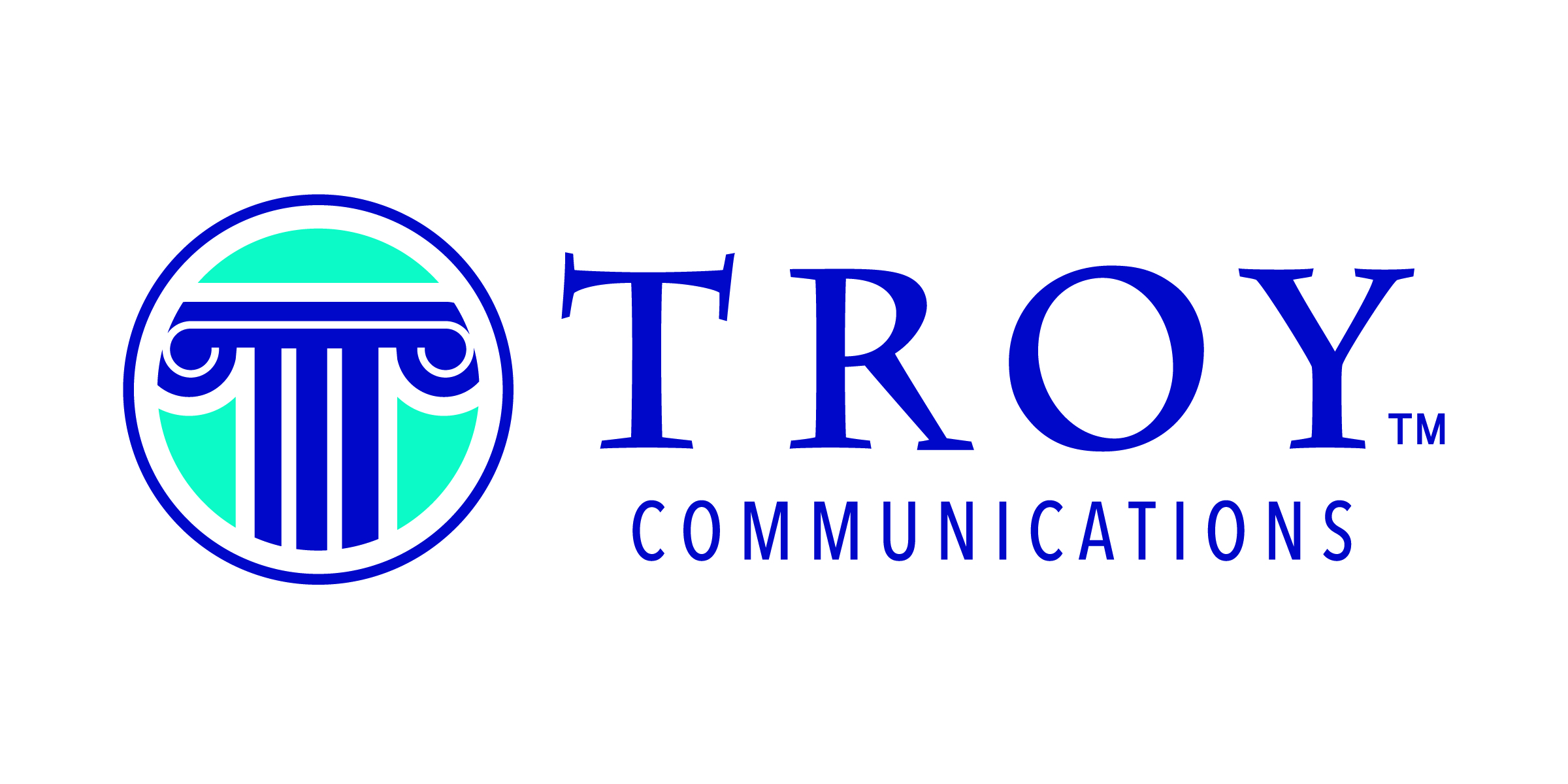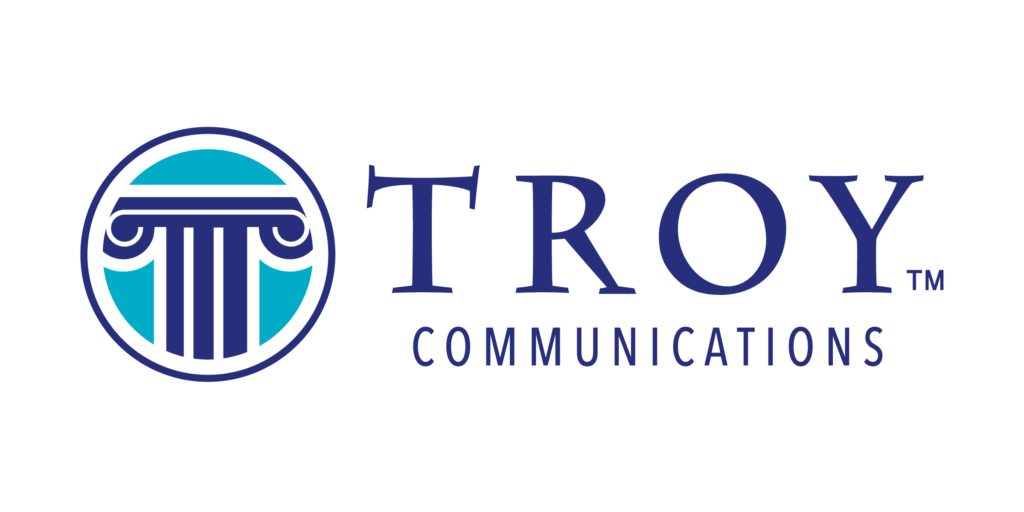By Tasha M. Troy
Recently I was asked what would help someone become more persuasive. The answer I gave may have seemed simplistic or counter intuitive, but I’ve found it to be essential for myself in having influence without position and persuasion without pressure, particularly in the cross-cultural settings I usually find myself in.
If you are interested in influence in “disposable” relationships, there are a number of manipulative strategies out there; a simple Google search of “how to persuade” brings back over 38 million results! However, if you are looking for more lasting results, I would like to share four steps that you can take.
Because these steps are unilateral, you have to consider them as investments rather than exchanges. Once you’ve made enough of an investment into any one individual, it will eventually become an exchange, but if your focus is on the exchange, you will likely become discouraged and frustrated.
If it is an investment, you should expect it to take time to generate a return. Executed with consistency, these steps will establish you as a “go-to” person, a reliable ally when things are difficult.
1. Listen to Understand
The most powerful tool I have found in building rapport with anyone is simply listening. Not listening to fix or to respond, but listening to truly understand where another person is coming from. This one action alone has established me as the one person in my family that is trusted to get through to the other members.
Effective listening at this level does not happen when we are focused on our own position, our own ideas, our own “rightness.” We have to set that all aside and truly focus in on where the other person is coming from. Responding and defending our position can come later.
How to Develop Listening Skills (according to John Maxwell): 1. Look at the speaker. 2. Don’t interrupt. 3. Focus on understanding. 4. Determine the need at the moment. 5. Check your emotions. 6. Suspend your judgment. 7. Sum up at major intervals. 8. Ask questions for clarity. 9. Always make listening your priority. (p 46 – 51)
More on listening:
2. See the Other’s Perspective
Building on the deep listening of step 1, you can begin to “put yourself in the other’s shoes.” When you focus on the heart of what people are saying rather than on the words used to express those ideas, and you are able to reflect back to that person their own thoughts with your own words, you create a bond that is not easily broken. When people feel like you “get them,” they begin to open up to you – and your influence – in ways you might not expect.
If you’re not sure where to start with understanding others, I suggest you start with the “five core concerns.” Dan Shapiro of the Harvard Negotiation Project describes five things that every person you meet is concerned about. When you are able to understand these concerns, you have begun to understand the person’s perspective.
How to Understand Others: the 5 Core Concerns (according to Dan Shapiro): 1. Appreciation, 2. Autonomy, 3. Affiliation, 4. Status, 5. Role
More on understanding others:
3. Encourage Others to Achieve
If you can learn to understand people – how they think, what inspires them, how they’re likely to act in a given situation – then you can motivate and influence them. While it might feel unnecessary, it has been my experience – both as a teacher and coach and as a recipient of encouragement – that people often don’t clearly see their own strengths and potential. Very often, what I see as an obvious strength in an individual is a source of insecurity for that person.
However, when people understand what you see in them, it gives them confidence and the power to set aside the insecurity and move forward in their personal life purpose. When they achieve some success through your encouragement, it can then establish you as a trusted source of advice, further increasing your influence with them.
How to Become a Believer in People (according to John Maxwell): 1. Believe in them before they succeed. 2. Emphasize their strengths. 3. List their past successes. 4. Instill confidence when they fail. 5. Experience some wins together. 6. Visualize their future success. 7. Expect a new level of living. (p. 24 – 31)
More on encouraging others:
4. Build Trust
The final step to long-lasting influence is to build trust. This is the result of consistently walking out the first three steps.
John Maxwell has compared building trust to a deposit account. Every time we act in ways that demonstrate integrity, we increase our trust account. Whenever we act in ways that don’t demonstrate integrity, we decrease our trust account. Some activities create larger deposits or withdrawals, and some can bankrupt your trust reserves. (p. 357)
As we develop integrity and trustworthiness, it becomes our character. This is when you’ve become the influential “go-to” person in your circle, regardless of your position.
How to Become a Person of Integrity (according to John Maxwell): 1. Commit yourself to honesty, reliability, and confidentiality. 2. Decide ahead of time that you don’t have a price. 3. Each day, do what you should do before what you want to do. (p. 65 – 66)
More on building trust:
From “Investment” to “Exchange”
Once you’ve become consistent in these four steps, you will likely find “investment” relationships evolving into “exchange” relationships. If you find the other person reciprocating, you can consider this an exchange relationship and can feel confident taking the relationship deeper. Often, these people will become trusted allies in your plans and projects in return.
Take It Deeper
Sometimes it’s hard to know where to start. If you would like to go deeper on this topic, I hold free exploratory coaching sessions each week. You can register online at Troy Communications or email me to schedule an appointment at TMTroy@TroyCommunications.Net
If you enjoyed this article and would like to receive these monthly posts in your inbox, you can subscribe at Troy Communications Blog.
References:
Maxwell, J. 2003. REAL Leadership: The 101 Collection.
Shapiro, D. The Five Core Concerns of Negotiation. http://bigthink.com/videos/the-five-core-concerns-of-negotiation




